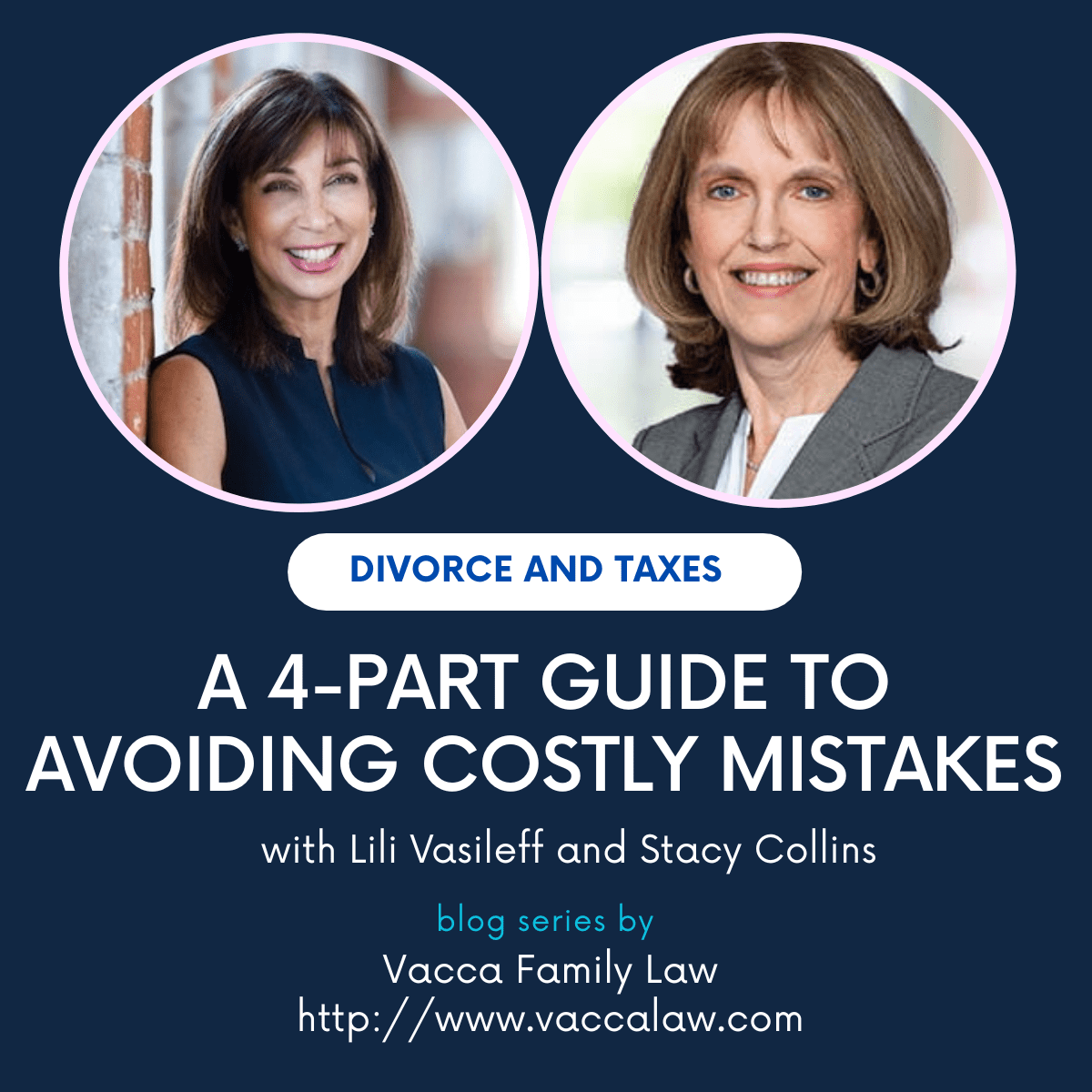Divorce Retirement: Financial Advisers Face Challenges When Couples Split Later
Posted: 03/12/2012 1:11 pm
By Jessica Toonkel
NEW YORK, March 12 (Reuters) – As part of the retirement planning process, financial advisers often help married couples prepare for the eventuality of one dying before the other.
What few people talk about is what happens if the couple divorces as they are approaching retirement.
Unfortunately, this is becoming more and more common. Over the past 20 years, the divorce rate among people between the ages of 48 and 66 has increased by more than 50 percent, according to U.S. Census Bureau data.
“We always talk about the risks people face in retirement, like inflation risk and health care costs risks, but very rarely does anyone mention the risks of being single in retirement,” said Tina Di Vito, head of Bank of Montreal’s BMO Retirement Institute.
For financial advisers, a divorce by clients can be a minefield of strong emotions and conflicting interests, not to mention their shock at seeing their assets get cut in half.
But advisers say they can get their clients through this trying time with a significant amount of hand-holding and expectation-setting. In some cases, they may even refer them to other financial advisers who do not have a previous relationship with either of the clients.
PLANNING FOR THE UNPLANNABLE
While advisers agree that there is no way to plan long-term for divorce, they can take steps to be more prepared for it.
A growing number of advisers are becoming “certified divorce financial analysts” by taking a four-part, self-paced course covering such issues as tax ramifications, property division and budgeting matters.
The number of advisers who get certified annually has doubled since 2002, according to the Institute of Certified Divorce Financial Analysts. There are now 1,500 CDFAs in the United States and Canada.
Having this designation can help advisers get to clients before they have been hit by the emotional toll and financial distress that a divorce causes because clients are likely to come to them early in the process after seeing they are certified divorce financial analysts.
“I was meeting so many people post-divorce who came to me with their settlement checks asking, ‘What should I do now?'” said Lauren Klein, a Newport Beach, California-based adviser who got the certification. “I thought if I could get to them sooner, I could help them avoid the litigation process.”
Often, once a couple starts thinking about divorce, the husband, wife or both will ask the adviser what to do. This presents a tricky situation.
If only one spouse is coming for help, advisers have to be sure to include the other in the conversations, or else they are opening themselves up to lawsuits down the road.
“I might help them understand what their assets are and what the tax consequences would be if they sell certain assets, but then I refer them on to someone else during the actual divorce process,” said Wendy Spencer, a certified divorce financial analyst and family law mediator.
Some advisers feel that there is too much potential for a conflict of interest if they continue to work with a couple during a divorce. In these cases, they often refer their clients to another adviser just to help them through that process.
The danger with referring clients, however, is that the adviser risks losing them.
“I would rather risk losing a (client) than the possibility of a lawsuit from a client claiming I sided with the other party,” Spencer said.
And lawsuits are something to be concerned about. “Most clients coming through a divorce want to blame someone,” said Lili Vasileff, an adviser with Divorce and Money Matters LLC and president of the International Association of Divorce Financial Planners. “Advisers need to make sure they have liability insurance.”
DECISION TIME
Once clients have decided to divorce, advisers can do several things to help them — as a couple or as individuals.
But when emotions run high, the challenge for advisers is helping clients understand when to let go. In particular, many clients insist on keeping the house no matter what it means for them.
“There is this idea that winning the house means you have won, and that is just not the case,” said Columbus, Indiana-based adviser Warren Ward.
Judith McGee, a Raymond James Financial Services adviser in Portland, Oregon, had clients who were divorcing; the wife was leaving the husband for another man.
The husband “did not want to finance his house to pay her off because he was angry,” she said. “But all he had was an IRA and his house and some income because he was semi-retired.”
McGee convinced the client to take a loan out on the house, rather than dip into his IRA, to pay his wife.
Advisers are instrumental in helping clients divide their assets.
Splitting up a pension plan when the employee is still working, for example, is not so simple, said Diane Pearson, an adviser with Pittsburgh-based Legend Financial Advisors Inc, which has $350 million in assets under management.
The adviser needs to determine the present value of the pension. Then the adviser must confer with the nonworking spouse to see if it makes better sense to receive the pension amount now or upon the working spouse’s retirement.
Similarly, splitting up stocks requires figuring out what the couple paid for the shares.
“Even in a collaborative divorce that is amicable, splitting everything 50/50 can be tricky,” Pearson said.
POST-DIVORCE
An important, yet challenging priority is helping to set the client’s expectations about his or her post-divorce lifestyle.
This can be particularly challenging if the client did not manage the finances in the family. For these clients, who tend to be the wives, advisers may need to do extra hand-holding, they said.
A lot of this work has to do with knowing when a client just needs empathy rather than advice.
“Advisers need to understand the stages of grief and that this is a slow process,” McGee said. “Don’t give a lot of advice too soon.”



